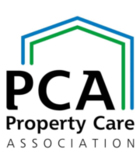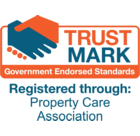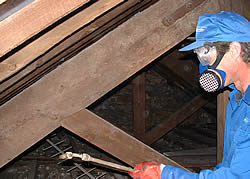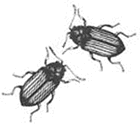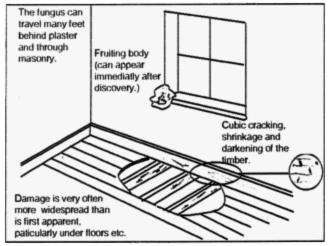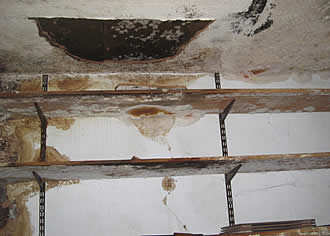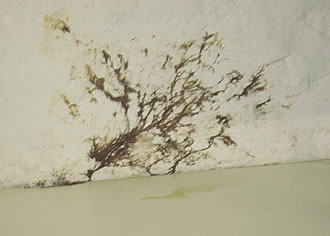The most important thing about Dry Rot is that it can only grow when it has moisture.
Dry Rot is the worst type of threat to the structure
of your home. It is secretive in nature and has often travelled much further than the initial signs would indicate.
The fungus grows and forms a mass whose strands can spread over two metres through masonry, walls and under floors to find a new food source.
These voracious strands are resistant to drying out and conduct water to the next part of the growing, fungus.
Signs of Dry Rot
Other first signs are shrinkage or cracking in the timbers. Sometimes the appearance of a rust-brown dust which can be traced to a growth that
looks like a mushroom. This can appear anywhere in the affected area.
Treatment
Unless treated immediately, Dry Rot, which can remain active for years, can lead to structural collapse.
In depth investigations need to be
carried out, often over a large area, to trace the extent of the damage.
Once identified, a system of treatment is available to you. This includes spraying, pasting, replacing rotten wood with pre-treated timber,
and applying barrier renderings and coatings.
Equally important, the source of the infection must be identified and isolated. If this is not done, the fungus will quickly re-establish
itself and enjoy eating through your new timbers.
Costs
The processes involved in identifying and treating dry rot are such that it is impossible to say in advance how long the remedial process
will take.
It follows, therefore, that no fixed price can be given until thorough investigations have been conducted.
We are able to give a fixed price to investigate the full extent of the dry rot damage. Only after this investigation are we able to give a
price for treatment and reinstatement.
The hard fact though, is that the work must be done as soon as possible if your home is to be preserved.







